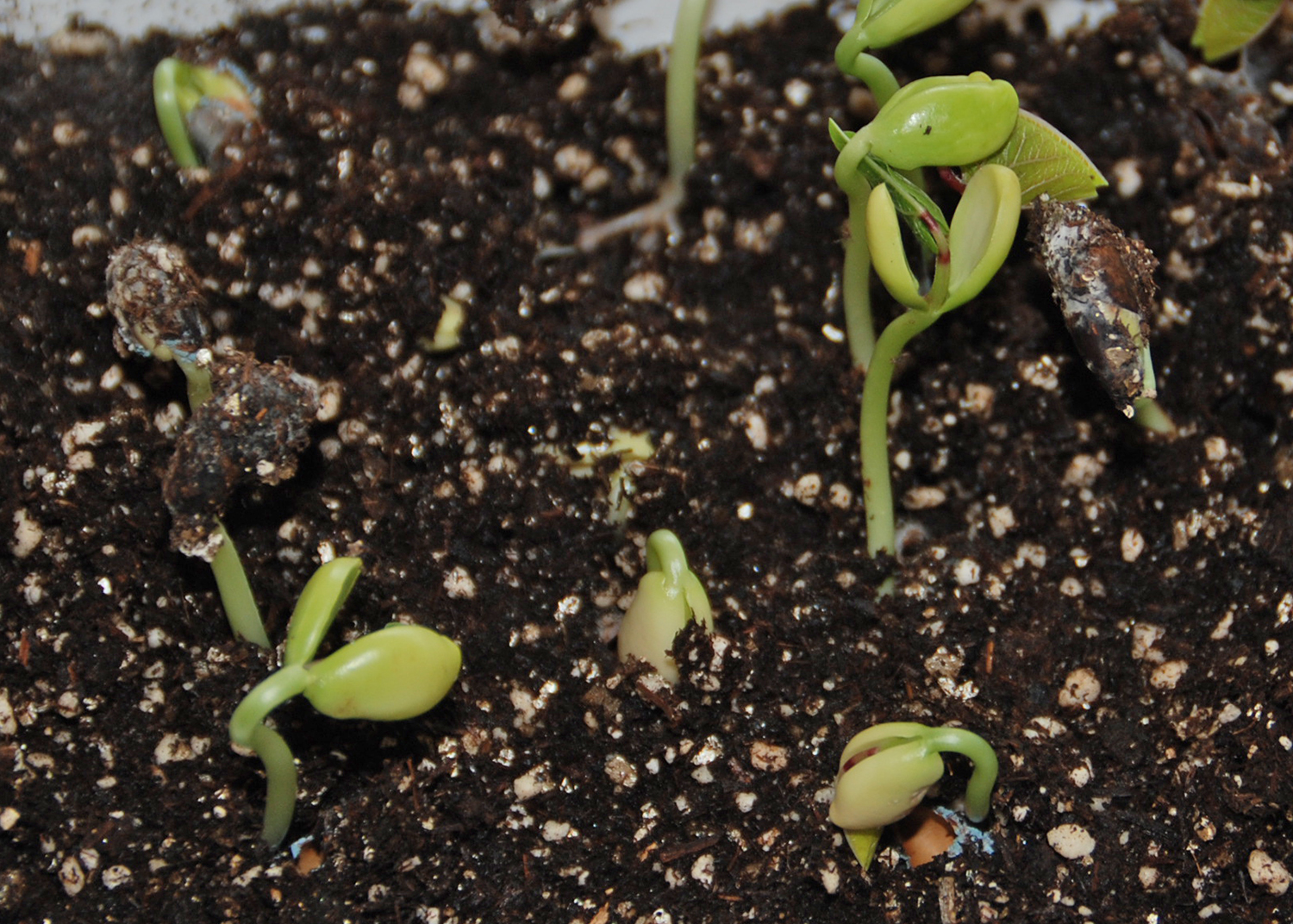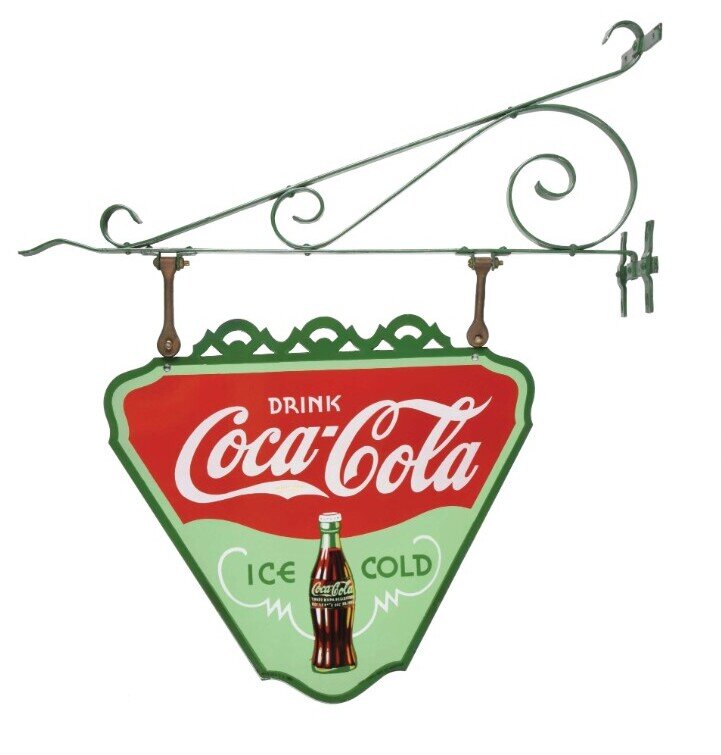
Gardening
Testing Leftover Seeds for Viability

Older seeds may still sprout, but it is likely there will be a reduction in the success rate.
Photo credit: MelindaMyers.com
The beginning of a new year finds many gardeners preparing for the growing season ahead. Clearing space to start seeds indoors, inventorying seeds and supplies, and ordering seeds, plants, and more are usually part of the process.
While organizing, you may uncover seeds from past seasons. Do not discard these just yet. When seeds are stored properly, many can last from one to five years or more.
Seeds stored in a cool location like the refrigerator in an airtight container maintain their viability best. But even those stored in less-than-ideal conditions may surprise you. Older seeds may still sprout once they pass their average life expectancy, but you are likely to see a reduction in the success rate.
The type of seed also influences how long seeds can be stored and remain viable. Start by checking the expiration date on the seed packet. Onions, parsley, and parsnip seeds usually last one year. Corn, okra, and peppers two years; beans and peas for three years; tomatoes, turnips, beets, chard, and watermelon four years; and Brussels sprouts, cabbage, muskmelons, radishes, and spinach last for five years.
The same principles apply to saved flower seeds. Marigold and zinnia seeds can maintain good viability for two to five years; ageratum, nasturtium, sunflowers, and yarrow for three to five years; monarda four years, and calendula for four to six years.
But the longer you grow plants, the more likely you are to push the limits. This often results in unexpected success or valuable insight for future gardening endeavors.
When in doubt use this quick-and-easy test to see if your seeds will sprout. Place ten seeds on a damp paper towel. Roll up the towel with seeds inside, place in a plastic bag and store in a warm location.
After a week or so, unwrap the paper towel and check the seeds for sprouting. If nothing has happened, rewrap the seeds and wait a few more days.
If all the seeds have sprouted, you have 100% germination and can plant the seeds as recommended on the package. If only half the seeds sprout, for example, you will need to plant the seeds twice as close together to compensate for the lower germination rate.
The sprouted seeds can be planted indoors or out depending on the time of year, available space, and your climate.
If none of the seeds sprout, consider breaking out the glue and getting the family involved in turning these leftover seeds into works of art. Select a variety of sizes, shapes, and colors to create your masterpiece on wood or heavyweight card stock. Large seeds like beans, peas and corn are easy for crafters of all ages to handle. Use tweezers for finer seeds that add detail and texture to your creation.
Testing seeds now can help you save money when placing your seed order. You can focus your planting budget on new seeds and supplement with your existing inventory.
Melinda Myers is the author of more than 20 gardening books, including Small Space Gardening. She hosts The Great Courses “How to Grow Anything” DVD series and the Melinda's Garden Moment TV & radio segments. Myers is a columnist and contributing editor for Birds & Blooms magazine. Her web site is www.MelindaMyers.com.
Antiques
Latest Antique, Collectibles, and Auction News

For my first column of 2021, I thought it would be fitting to recap and wrap up the antique news from 2020 and share exciting news that has already happened this year.
Some advertising pieces and slot machines brought strong results at an October auction, according to an Antiques and Arts Weekly report. A triangular shaped 1935 Coca Cola sign was one of the items in the auction. The double-sided hanging enamel sign brought $21,600. An 1870s Proctor and Gamble advertising sign for Amber Soap was said to be historically significant, because it predated the company's production of Ivory soap. It sold for $28,800. A Pepsi Cola syrup dispenser went for $39,975. A five cent "Little Rip" baseball themed trade stimulator (similar to a slot machine) sold for $132,000. A "Triple Centaur Jackpot" slot machine that accepted nickels and quarters in three separate sections reached $240,000.
An upcoming auction expects even better results. Coin News reports that several coins in a January 20th-24th auction are estimated to bring seven-figure sums. A 1796 No pole cent is one of the valuable coins. 1796 was the first year that the United States produced every denomination of coin from the half cent to gold Eagle $10 coin. Other coins that may hit the million-dollar mark are an 1838 Liberty Gold Eagle, 1796 Quarter Eagle $2 ˝ coin, 1885 silver Trade Dollar and a 1792 Silver Center Cent. A little silver was added to the center of the copper 1792 cent to make the intrinsic value of the coin worth one cent when the copper alone would have been worth less than that. An 1804 Proof Eagle and "1787 New York-Style Brasher Doubloon" are two of the other ultra-valuable coins. The Doubloon will be coming to auction for only the third time since 1848. The previous two times it set a world record for any coin ever auctioned. As of January 9th, online bidding was already at $3.6 million.
There was news that offers hope for those of you hunting for that big estate sale or thrift shop find. The Lewiston, Maine Sun Journal reported that a Norway, Maine man made a thrift shop find that netted him a nice sum. Like most of us, 2020 was a difficult year for the antique dealer who discovered the painting at a thrift shop. His antique shop was shuttered from March through May because of the pandemic. In October, he purchased the painting by Austrian-born artist Josef Floch. According to the Sun Journal, "after the upheaval of World War I, Floch left Austria for Paris where he joined the popular avant-garde movement. As World War II raged in France, he immigrated to the United States about 1941, permanently settling in New York." The exact amount he received wasn't listed, other than that it was five figures. When asked where he bought the painting, the dealer stated, "I can't divulge all the details. That would be like a fisherman telling where his best spot is."
Our online auction of paintings and other artwork from the estate of artist Fay Moore will be running soon. Bidding ends February 17th. We are planning a vintage and antique toy auction soon after. We have been acquiring some consignments of gold jewelry, 1960s and earlier baseball cards and other antiques and collectibles for our next multi-estate auction. We are still accepting quality consignments for that sale. You can sign-up for email updates on future events on our homepage: www.centralmassauctions.com.
Contact us at: Wayne Tuiskula Auctioneer/Appraiser Central Mass Auctions for Antique Auctions, Estate Sales and Appraisal Services www.centralmassauctions.com (508-612- 6111) info@centralmassauctions.com